Reggio Emilia is a small town in the centre of the northern Italian region of Emilia Romagna: an area where the local people still prize their quality of life, and food and wine are part of their DNA. The first settlements here date back to the prehistoric era but the town only got its name in Roman times when it was named after Roman consul Marco Emilio Lepido, responsible for building the Roman road known as the Via Aemilia, crossing the entire region of Emilia Romagna and providing a direct link between Piacenza, near Milan, and Rimini. In 1797, the existence of the Cispadane Republic was proclaimed in Reggio Emilia, leading to the creation of the Italian national flag called the Tricolore, in what is now the Town Hall.
Most people will have heard of Matilda of Canossa, a noblewoman who changed the course of European history back in the 11th century. The ruins of her castle are still visible in the hills above Reggio Emilia, a popular destination for many German tourists who come to explore the area given Matilda’s important place in German History.
Reggio Emilia has always been prolific in terms of art and science, and was the birthplace of famous writers (Ludovico Ariosto, Matteo Maria Boiardo, and Raffaele Crovi), artists (including Antonio Allegri known as il Correggio, Giovanni Francesco Barbieri known as il Guercino, Alessandro Tiarini, Antonio Fontanesi, Alfonso Chierici, Marco Gerra, Vittorio Cavicchioni, Omero Ettorre, Achille Incerti, Omar Galliani, and Davide Benati) scientists and ethnologists (Lazzaro Spallanzani and Gaetano Chierici), explorers and collectors (Luigi Parmeggiani and Raimondo Franchetti), musicians (Claudio Merulo, Alberto Franchetti, and Achille Peri), actors (Romolo Valli and Ivana Monti), pop stars (Luciano Ligabue, Zucchero Sugar Fornaciari, Nomadi, Paolo Belli, Orietta Berti, and Iva Zanicchi) and photographers (Stanislao Farri, Vasco Ascolini, and Luigi Ghirri).
Although Reggio Emilia is not as well known or as popular with tourists as the neighbouring towns of Parma or Modena, it never fails to captivate visitors coming here for the first time with its lovely town centre full of beautiful historical buildings and hidden gardens, interesting museums and collections, stunning churches and ancient piazzas linked by porticos offering shoppers shelter or shade, depending on the weather.
The best way to explore the town centre is on foot; if you prefer, follow the example of the locals who generally get around on bicycles. We should not forget to mention Teatro Valli: one of the largest and most beautiful theatres in Europe, with a dress curtain (the “sipario” in Italian) designed by artist Omar Galliani in 1991, sometimes used instead of the original curtain painted in 1855 by Alfonso Chierici. The image of the town was recently brought in line with the mood of the new millennium with the unveiling of three new bridges and the High Speed Railway Station designed by Spanish architect Santiago Calatrava, a perfect way to mark the town’s strategic location on Italy’s main motorway and railway line and its fast connections to the major cities in Italy, like Milan, Bologna and Rome.
If you are coming to Italy for Expo 2015, why not stop over at Reggio Emilia?
Take some time out to explore this part of Italy off the beaten track. Enjoy a taste of some real Parmigiano Reggiano cheese (the only cheese in the world that contains no additives or preservatives), some real Balsamic Vinegar (Aceto balsamico tradizionale di Reggio Emilia), some Lambrusco wine and erbazzone, the spinach savoury that is only made here, or gnocco fritto (pastry fried and eaten with prosciutto or salami) …. and lots of other local delicacies.
Come explore Reggio Emilia! We’re looking forward to seeing you!
Paola Ligabue








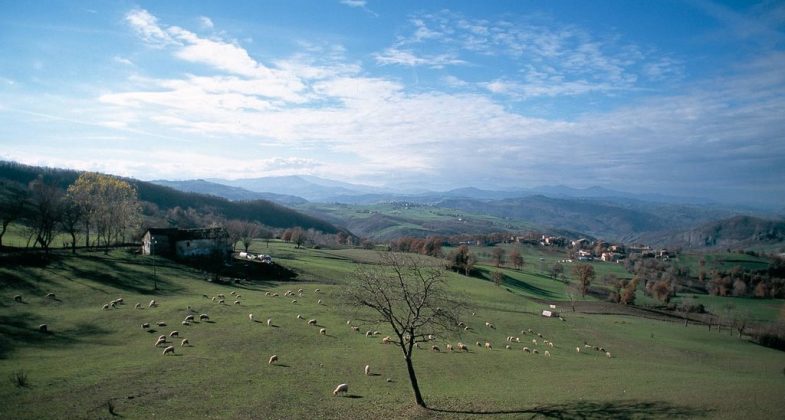

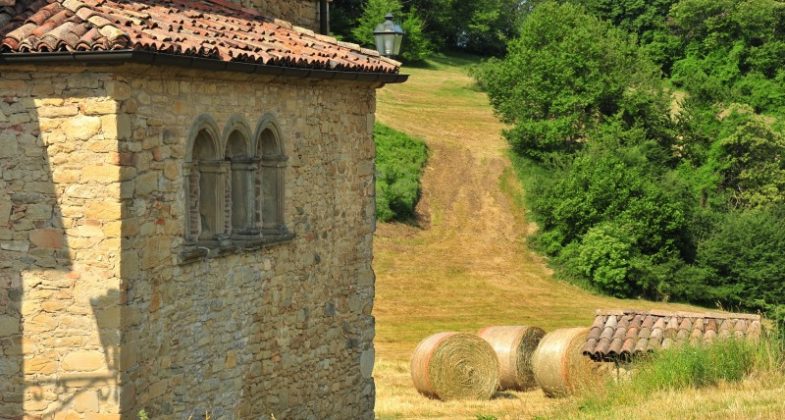
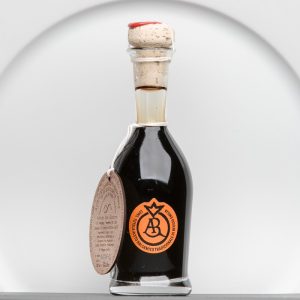
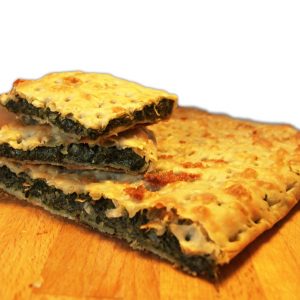
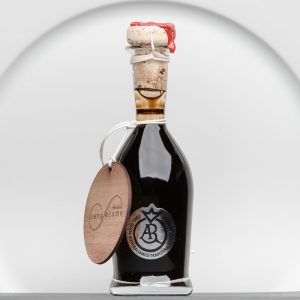
No comments yet.